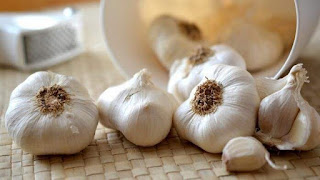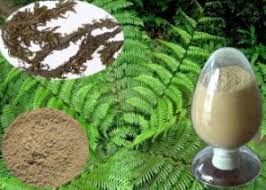Chemical Constituents in Flowers of Polygonum Cuspidatum

The roots of Polygonum cuspidatum contain anthraquinones, flavonoids, coumarin, lignans and some other polyphenols. At present, many scholars at home and abroad have studied the chemical composition of Polygonum cuspidatum more deeply. In the early study, most of them were concentrated in anthraquinone and two styrene components. These two components are considered to be the main active substances of Polygonum cuspidatum. In recent years, two styrene compounds in Polygonum cuspidatum have been found to have strong antioxidant, antitumor activity and effect on the cardiovascular system, especially the resveratrol, which is the main antioxidant in grape and wine, has been widely recognized, and Polygonum resveratrol has been paid much attention to. Polygonum cuspidatum has become a medical treatment in recent years. One of the hottest plants in the field of medical research has been carried out in many aspects. In the process of finding insecticidal active substances from plants, we

